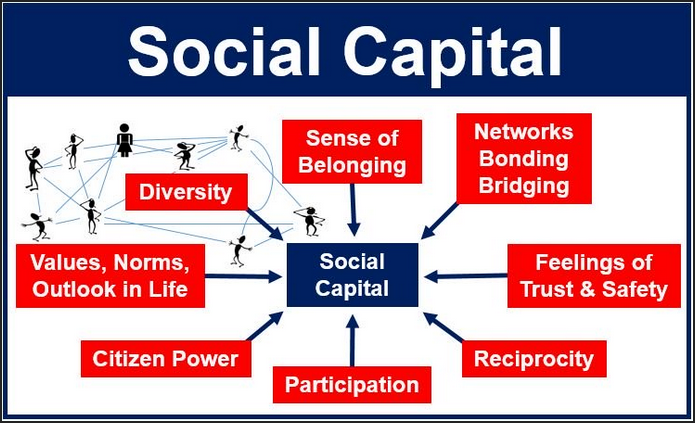
A New Class of Business Methods
The Value Game (TVG) is a new class of business methods where value is extracted from an asset, not by consuming the asset, rather, by preserving the asset. The process of preservation and maintenance is the substrate for the creation of social, creative, and intellectual capital in a community. TVG is a difficult thing to sustain in a legacy economic model, but may be quite efficient and profitable in the modern networked organizational structures enabled by decentralized adjudication, a decentralized ledger. and simple game mechanics.
To illustrate, we cite examples from on-line games collectively referred to a Fantasy Sports. Fantasy baseball for example is a game played by adapting real life game statistics to create hypothetical game scenarios using some randomization system such as a set of dice. Over time these games have become more sophisticated, computerized, and have spread to other sports, and now they are on-line. Today, fantasy sports are estimated to be a 2 billion dollar industry involving over 56 million people.
What if a “fantasy play” could be replicated given a set of validated statistics, in real life? How would the real world game actually turn out? This is not an uncommon thought. Many HR directors, corporate recruiters, and entrepreneurs dwell on this topic extensively: “How could we identify social capital, creative capital, and intellectual capital of people, given a set of market measures, and allocate them into a self-optimizing game to yield production and profit?”.
Building A Value Game
- The Value Game starts by identifying any asset that a group of people may share.
- The next step is to find 3 or more diverse communities that have a vested interest in preserving the asset rather than consuming the asset.
- Each player acting in their own best interest will seek to play their expertise among the others as best as possible.
- Any threats to the shared asset will be neutralized by the majority of players in a network.
- The transactions between the diverse communities of people will “mine” social capital, creative capital, and intellectual capital into existence generating tokens in the process.
- Individual transaction records will be memorialized on a blockchain under the control of the individual.
- Validated transaction records may be transferable to other Value Games, blockchains, or tokens.
Example: A condominium is an arrangement of several individual owners (of living units) who all have individual talents. It is in the best interest of each that the building is well maintained, but none are necessarily qualified to manage and maintain a complex structure. Another community of nearby vendors such as restaurants, accountants, engineers, physicians, and employers have in their best interest that the condominium is maintained because the value of the units impacts the value of commerce – and the productivity of the residents is the primary source of revenue for vendors. It is also in the best interest of neighboring buildings, the school district, and the city tax pool, civil servants, etc., that the shared asset is maintained to optimize it’s value. Each player is aware of the impacts in the network based on the analysis of similar networks.
While malicious actors may be a symptom of illness, by actual attack vector is apathy and neglect. Gravity, weather, and deferred maintenance are constantly trying to reduce that condominium structure to lower state of value. Maintaining an asset creates value equal to the entropy of the system plus asset appreciation due to the creation of social, creative, and intellectual capital.
The Value Game would form a cryptographic token that may be exchanged among the parties in whose best interest it is to preserve an asset rather than to consume the asset. This is done in many forms today – a restaurant may offer a coupon to residents for a lunch special. A physician may locate close and rely on referral instead of advertising. An trades person saving time and travel expenses may pass that on to local community. When a drug dealer comes to town, they are quickly identified and excised from the community by the community.
Almost any shared asset may be used to form a value game.
- A residential or commercial building
- A Corporation
- A car, airplane, or other transportation asset
- Land for farming, mining, or urban forest
- Water, food, and energy
- Engineers, Doctors, Civil Servants
- Educators, mentors, apprentices
- Laborers, Maintainers, cleaners
- Planet Earth
New Value Entrepreneur
The objective of the New Value Entrepreneur will be to organize three or more communities to interact around a shared asset where the interactions among these communities act to preserve the asset rather than consume the asset. As people interact with each other, they teach, learn, and iterate with each other. This activity manufactures social capital, creative capital, and intellectual capital memorialized by transaction records represented by the community token.
In general, once a value game is started, it will improve itself. All players will eventually find and play roles in Value Games that correspond most closely to their natural interest and passions and therefore maximize their personal value.
